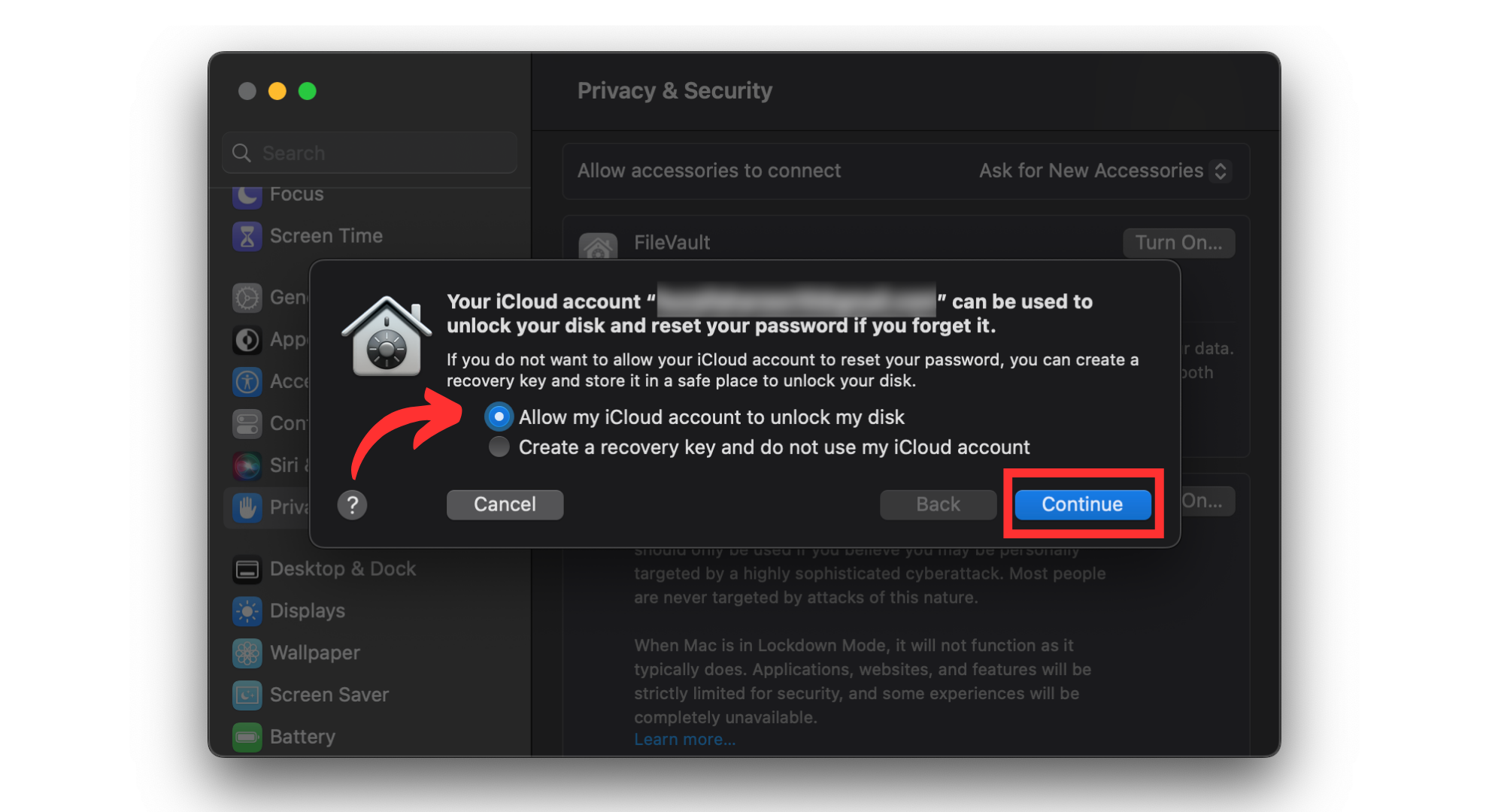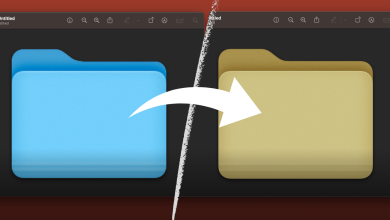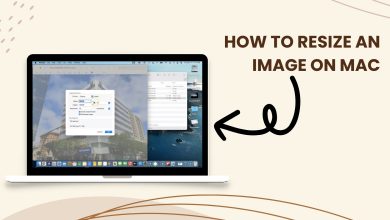What is FileVault in macOS & Should You Actually Use It?
Are you considering protecting your data with encryption, especially after hearing so much about it? You might be unsure if encrypting your data in today’s digital world is a good option. Perhaps you’re a health or business professional looking for a secure way to keep client details safe. Apple offers a solution for Mac users called FileVault.
In this article, we’ll guide you on what FileVault is, how it works, and how it differs from Disk Utility encryption. We’ll also explore the pros and cons of using FileVault, show you how to activate it, and discuss alternatives to FileVault. This information will help you decide if FileVault’s data encryption is the right choice for you.
What is FileVault?

FileVault is a special kind of security software designed for Mac computers. When you first get a Mac, FileVault is turned on by default, but you can deactivate or activate it yourself. Once activated, it secures everything on your computer.
If your computer is off and someone tries to access it without knowing your password or a special recovery key, they won’t be able to get to your files. Even if they remove the hard drive from your Mac, they can’t read the data on it. The data looks mixed up unless they have the right password or recovery key.
FileVault isn’t just about keeping your information safe from prying government eyes; it’s also great for preventing theft. If someone steals your laptop and doesn’t have the password or recovery key, the hard drive becomes almost worthless to them.
How does FileVault work?

FileVault is a security feature on Mac computers locking away what you save and create on your device. It’s also built into iPhones and iPads, but it’s always on these devices – you can’t switch it off like on a Mac.
If your Mac is a newer model, like an iMac Pro, or has an Apple T2 Security Chip, it already automatically protects your data pretty well. But you can turn on FileVault for even stronger security. FileVault’s protection is robust. It uses full-disk XTS-AES-128 encryption with a 256-bit key, which is a fancy way of saying it’s super secure.
It’s so secure that even the world’s fastest computer would need billions of years to break into a system protected by this encryption, trying a million different keys every second.
Only someone with administrator access to the Mac can switch FileVault on or off. When you enable FileVault, you’ll get options to access your data normally, like using your iCloud account and its password or a unique recovery key.
Is FileVault different from the Disk Utility encryption?

FileVault and Disk Utility are both built into macOS to help keep your data safe, but they’re used in different ways. They use the same strong encryption to protect your information but have different purposes.
Using FileVault means you can encrypt the data on your Mac as you save it without formatting or erasing your drive. This makes it a convenient choice if you want to protect your existing and new data easily.
On the other hand, using Disk Utility to encrypt data is a bit more complex. It involves formatting your drive, which can take time and isn’t always the best option for everyone. It’s a good choice if you want to format your disk and encrypt its data simultaneously.
However, it can’t encrypt your disk while keeping all your current data. Disk Utility can be especially useful if you want to encrypt only part of your home directory.
Pros and cons of FileVault

Here are some of the pros and cons which will help you decide whether you should enable FileVault or not:
Pros
- It works with older Apple devices, even those no longer officially supported by Apple.
- You can set up FileVault on your own or through your IT department, whether for your device or many in a network.
- It protects all the data on your disk, both what’s there currently and what you add in the future.
- Backing up your encrypted data is easy with Time Machine, which automatically creates backup sets.
- Only certain user accounts, usually those with administrative rights, can unlock disks encrypted with FileVault. This means people without these rights can’t access the disk’s data, regardless of other permissions.
- FileVault uses a strong encryption method called XTS, based on the AES algorithm. It encrypts data in 128-bit blocks with a 256-bit key, making it very secure.
Cons
There are some drawbacks when it comes to enabling FileVault.
- Encryption can slow down older Macs like the 2010 MacBook Air, affecting performance and battery life.
- Apple’s FileVault employs strong encryption, making unauthorized data access more challenging.
- Safeguard the Recovery Key outside the local disk to avoid permanent data loss. Apple lacks a backdoor, so user responsibility is crucial.
- Opting for iCloud as an encryption cipher may aid in password reset, but trusting Apple for online cipher security introduces inherent risks.
- Losing the Recovery Key means irreversible data loss. Apple has no secret means to unlock data, emphasizing the user’s sole responsibility in key protection.
How to Turn on FileVault
In the latest versions of Macs, the FileVault is enabled by default. You can turn it off and turn back on whenever you want. If your FileVault is not turned on, here is how to turn it on:
- From your “System Settings” go to “Privacy & Security.“

Go to Privacy & Security - Here you might be asked to type in your laptop password or key that you use to login. A new prompt window will appear. Decide if you want to link your iCloud account with FileVault to unlock the disk. Alternatively, you can create a recovery key. Click “Continue” when you’ve made your choice.

Choose the desired option and click Continue - Once you click Continue, the system will start encrypting your data. This encryption may take several minutes of hours, depending upon the size of data and speed of your system.

Encryption will begin
Remember, the first time you turn on FileVault, the encryption process may take several hours, but you can still use your Mac while it’s happening. Keep in mind that FileVault encrypts your entire disk. If you have other users on your Mac, you’ll need to add them so they can unlock the disk with their password.
Alternatives to FileVault
While FileVault is excellent for device-level protection, it’s good to use additional software for online data security, like MacKeeper. MacKeeper is an all-in-one software solution that enhances your Mac’s privacy, performance, and overall health.

The security feature in MacKeeper ensures your Mac and files stay safe. It includes Antivirus software, which is effective against big security risks like malware and spyware.
Test results from AV-TEST, a well-known testing organization, show that MacKeeper’s Antivirus blocks 99.7% of common malware, making it one of the most efficient in the industry.





